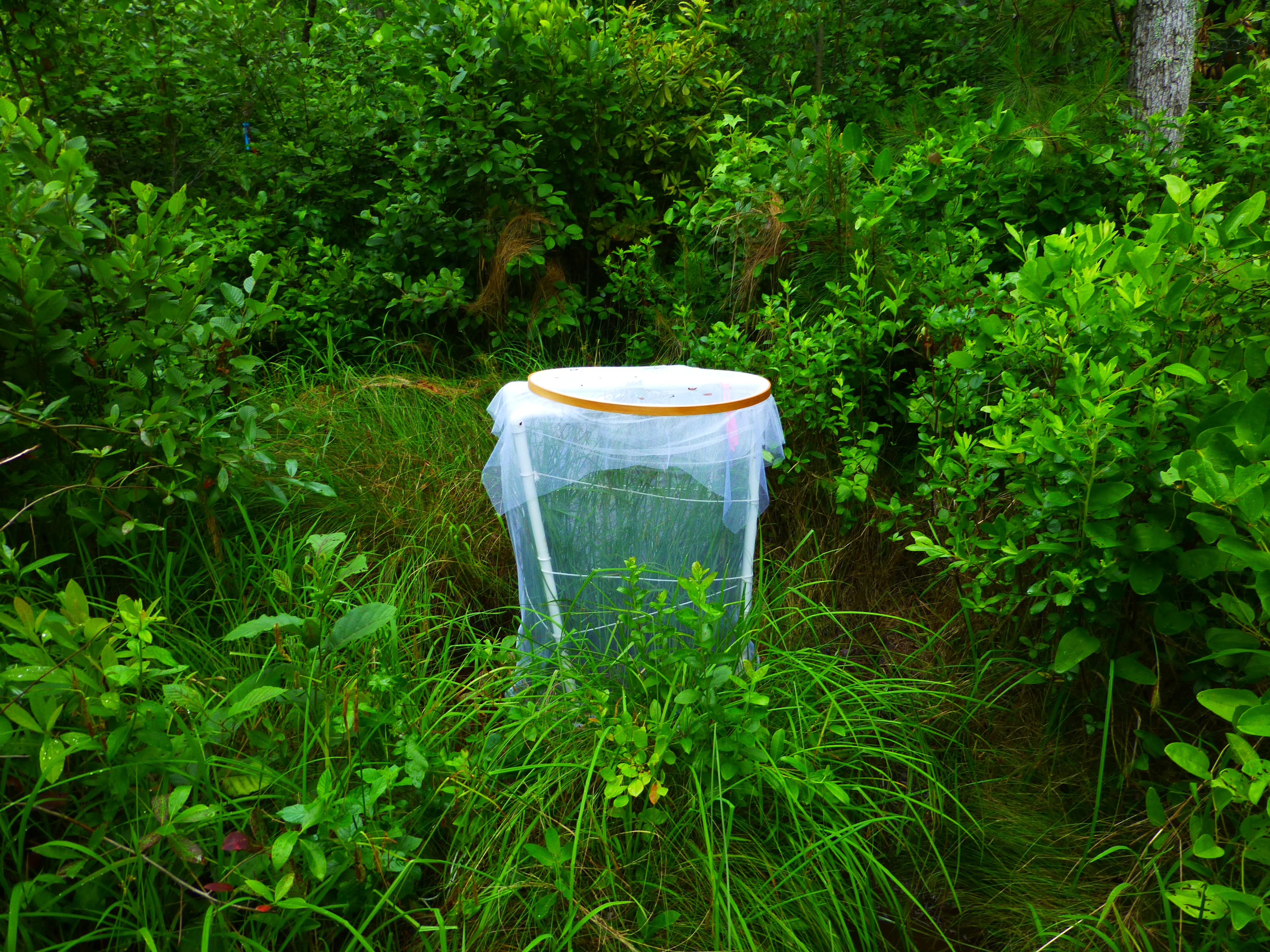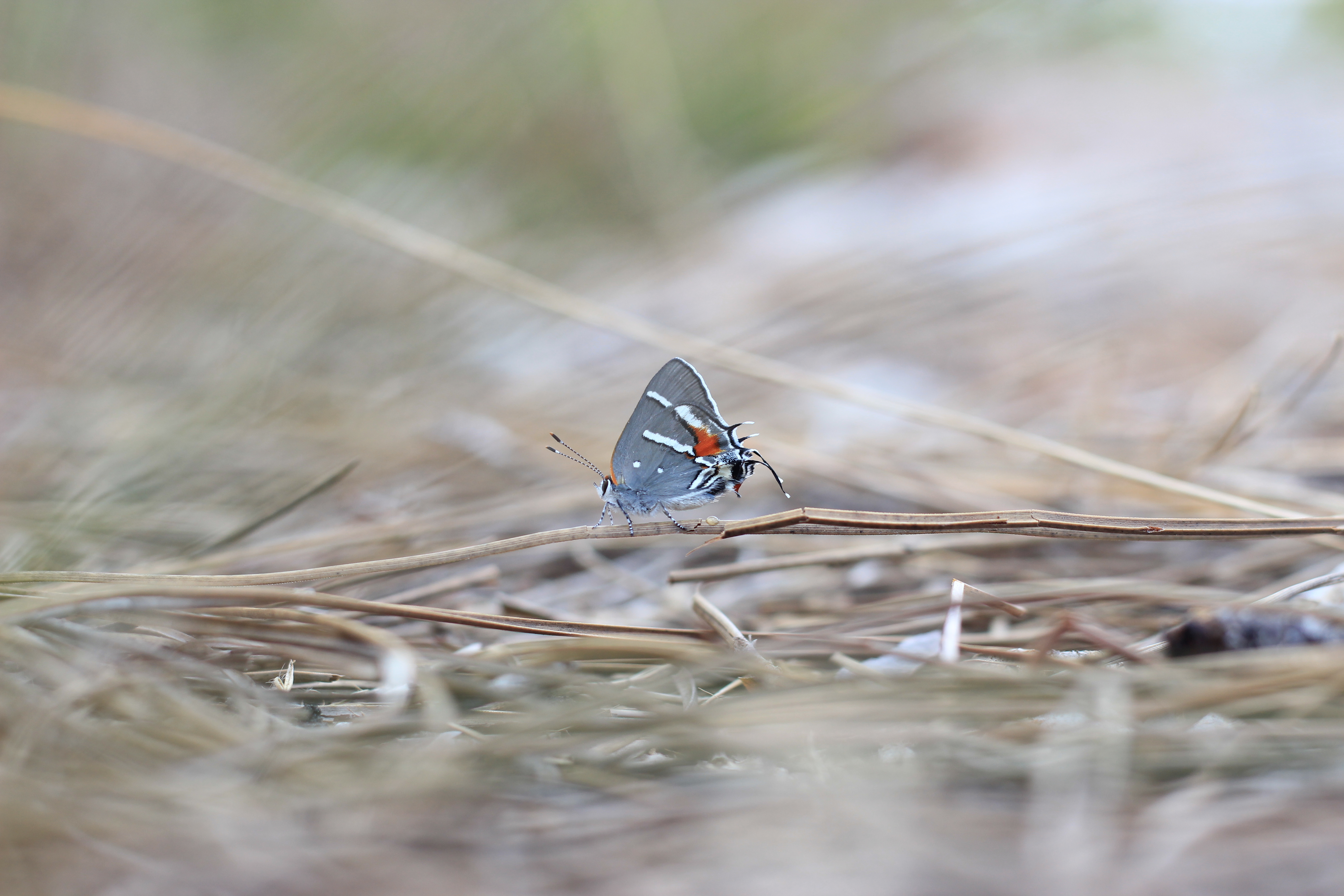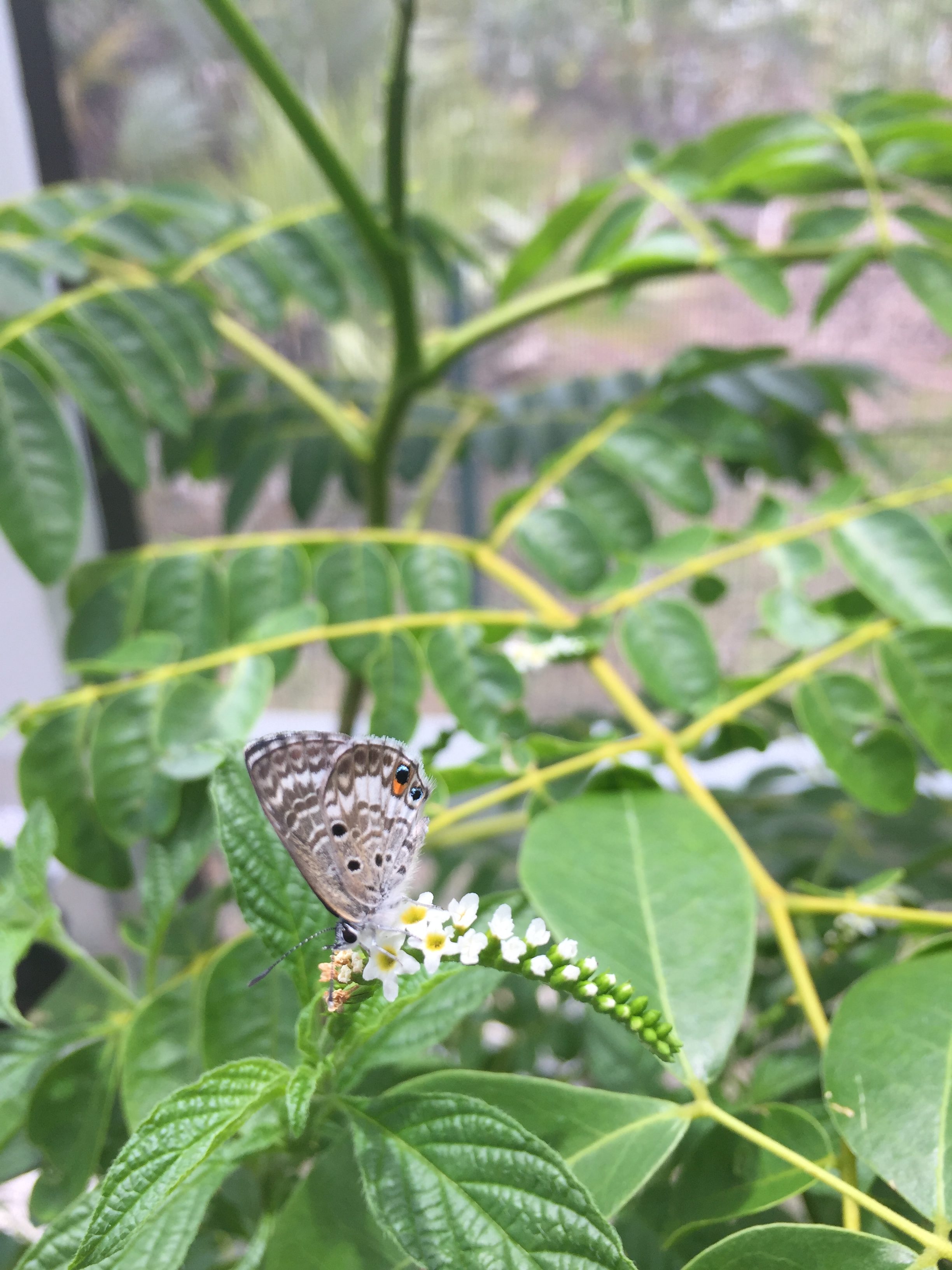Demographic effects of disturbance-based habitat restoration

Being Beavers
Limited in distribution to Ft. Bragg, North Carolina, St. Francis’ Satyr (Neonympha mitchellii francisci) is one of the rarest butterflies in the US. Its populations have been reduced by habitat loss, particularly by loss of wetland openings along streams where the butterflies persist. These wetlands are maintained by disturbance, mainly caused by beavers that create and then abandon ponds. Fire can also set back succession in these wetlands.
Our current effort with St. Francis’ Satyr is focused on restoration to simulate the effects of natural disturbances caused by beaver and fire. We have become most successful in mimicking the effects of beaver by damming wetlands and removing trees. Our longer-term goals are to make disturbance management more sustainable. To do so, we need to determine the spatial structure of the butterfly’s population, and in particular the role of riparian corridors in promoting dispersal between sites.

Mechanical Surrogates for Prescribed Fire
Bartram’s Scrub-Hairstreaks are threatened by habitat loss both through development and lack of fire. They occur in pine rocklands in south Florida and depend on fires to maintain populations of their food plant, pineland croton. Pine rockland is one of the rarest forested ecosystems on the planet and was the first habitat to be developed by Europeans in south Florida because it did not have to be drained. Bartram’s Scrub-Hairstreaks are now only found in the few pine rockland fragments that are still frequently burned, primarily in Everglades National Park, a few Miami-Dade County natural areas, and the National Key Deer Refuge in the lower Florida Keys.
It can be hard to burn small pine rockland fragments, therefore, our research has focused on testing the effectiveness of alternative management actions such as mechanical understory removal. We have found that mechanical methods are better than no action but cannot totally replace fires. What remains unknown, and is the target of our current research, is how frequently the habitat needs to be disturbed to maintain populations of butterflies and their hostplants.
Interacting effects of disturbances on population demography
Altered disturbance regimes are one of many consequences of global change. Expanding human populations alter disturbance regimes by suppressing fires, stabilizing dunes, and decreasing flooding. Simultaneously, climate change is forecast to increase the frequency of intense hurricanes and other extreme weather events. As these global changes accelerate, it is more likely that disturbance events simultaneously shift in their intensity and frequency, increasing the probability of interactions between multiple disturbances. Although the study of interacting disturbances has increased in recent years; we know almost nothing about how interacting disturbances affect demography. My research aims to understand how changing frequencies of and interactions between disturbance events are affecting population dynamics of endangered species, specifically, how disturbances affect individual vital rates and how those combine to affect population growth rates.
Predicting future population dynamics of endangered species with precipitation data

Miami Blues were once common on coastal berms of south Florida from Cape Canaveral down through the Florida Keys and up to Tampa Bay. In the last 100 years, the distribution of the butterfly has retreated down the Florida peninsula such that now Miami blues are confined to a handful of beaches on the islands west of Key West. The primary driver of this retreat was coastal development and subsequent loss of beach berm habitat, although additional threats such as mosquito control efforts, invasive species, and drought likely also contributed to the decline.
Our research efforts with Miami Blues have focused on the environmental drivers of population dynamics. Through this research we discovered that adult butterfly abundances are highly correlated with precipitation patterns. The effect of altered rainfall patterns on population dynamics depends on Miami Blue diapause (butterfly hibernation), which we currently know nothing about. The ultimate goal of Miami Blue conservation efforts is to expand the range of the butterfly through captive rearing and reintroduction. Success of these efforts will depend on expanding our understanding the butterfly’s natural history, so we can design successful reintroduction strategies.